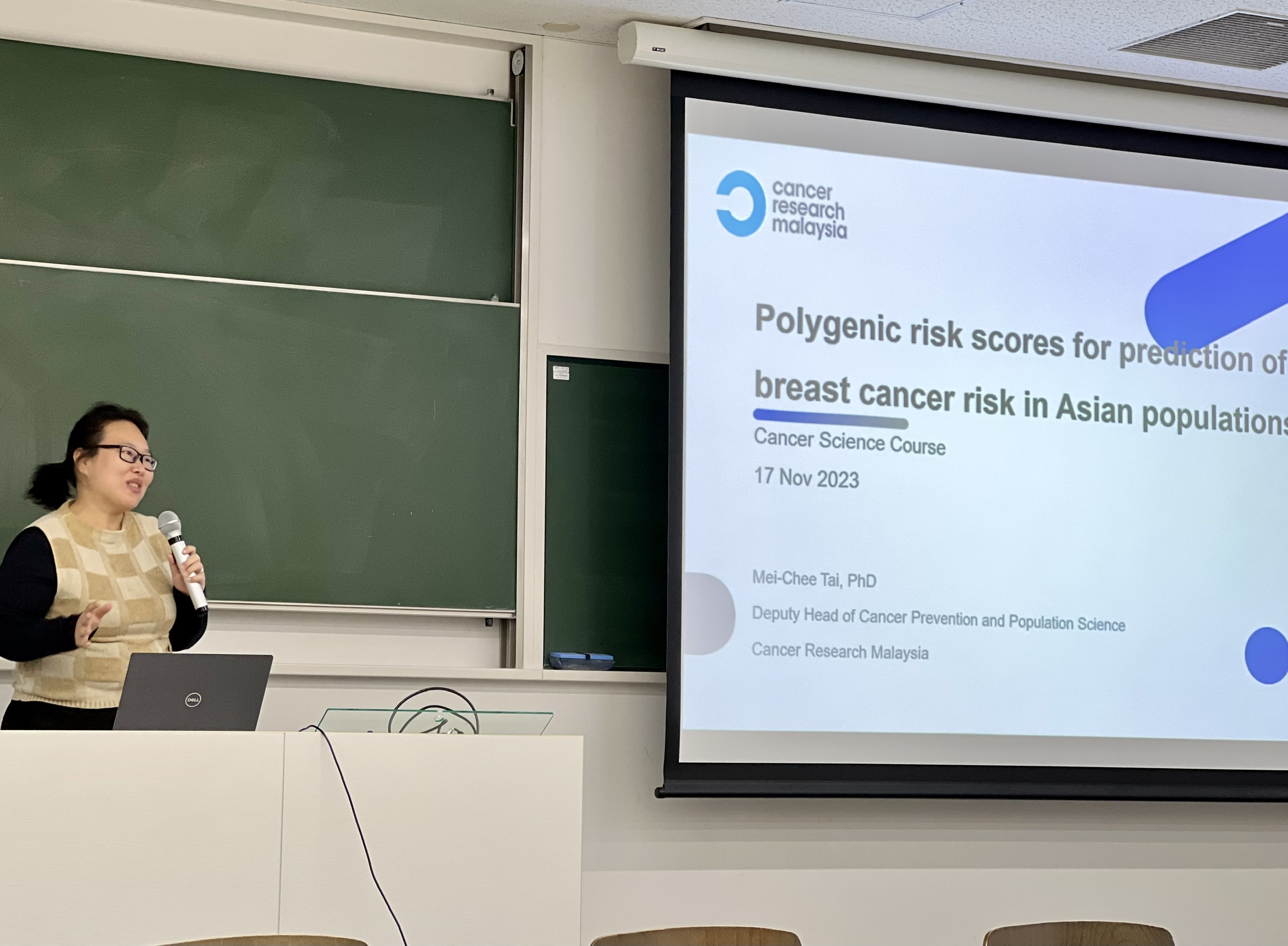Cancer is the second leading cause of death globally and accounted for 8.8 million death in 2015 (WHO). Cancer incidence is even higher in developed countries such that throughout life more than 50 % people may be suffered from this disease in Japan. In order to reduce cancer death, we study and elucidate cancer pathogenesis, and find out strategies to overcome this lethal disease.

2024.10
Mr. Yasuyoshi Mizutani received the 2024 (26th) Acta Histochemica et Cytochemica Award. The award ceremony was held at the 65th Annual Meeting of the Japan Society of Histochemistry and Cytochemistry on October 26th, 2024.
Yasuyoshi Mizutani, Kazuya Shiogama, Ken-ichi Inada, Toshiyuki Takeuchi,
Atsuko Niimi, Motoshi Suzuki, Yutaka Tsutsumi. Enzyme-labeled Antigen Method:
Factors Influencing the Deterioration of Antigen-binding Activity of Specific
Antibodies during Formalin Fixation and Paraffin Embedding. Acta Histochemica
et Cytochemica. 55(5):129-148, 2022.
(https://doi.org/10.1267/ahc.22-00023)

2024.10
From Silapakorn University, Thailand, we have accepted an exchange student Chayanit Pattanapong, the third lady from the left. She will be at our lab for 12 weeks.
2024.02
On the Feb 9th, Dr. Siwanon Jirawatnotai visited us from Mahidol University, Thailand. He gave us a wonderful lecture entitled 'Capitalizing the cancer dynamic re-wiring for cholangiocarcinoma therapy'. We thank him very much for the fruitful discussion with graduate students.

2023.11
On the Nov 17th, Dr. MeiChee Tai visited us from Cancer Research Malaysia. She gave us a wonderful lecture entitled 'Polygenic risk scores for prediction of breast cancer risk in Asian populations'. We discussed lots of things. Thank you!

2023.07
Contact information
Phone:+81-562-93-2440
e-mail:motosuzu#fujita-hu.ac.jp(In case of e-mail, please change # to @)
Address:1-98, Dengakugakubo, Kutsukake-cho, Toyoake-city, Aichi, 470-1192, Japan

